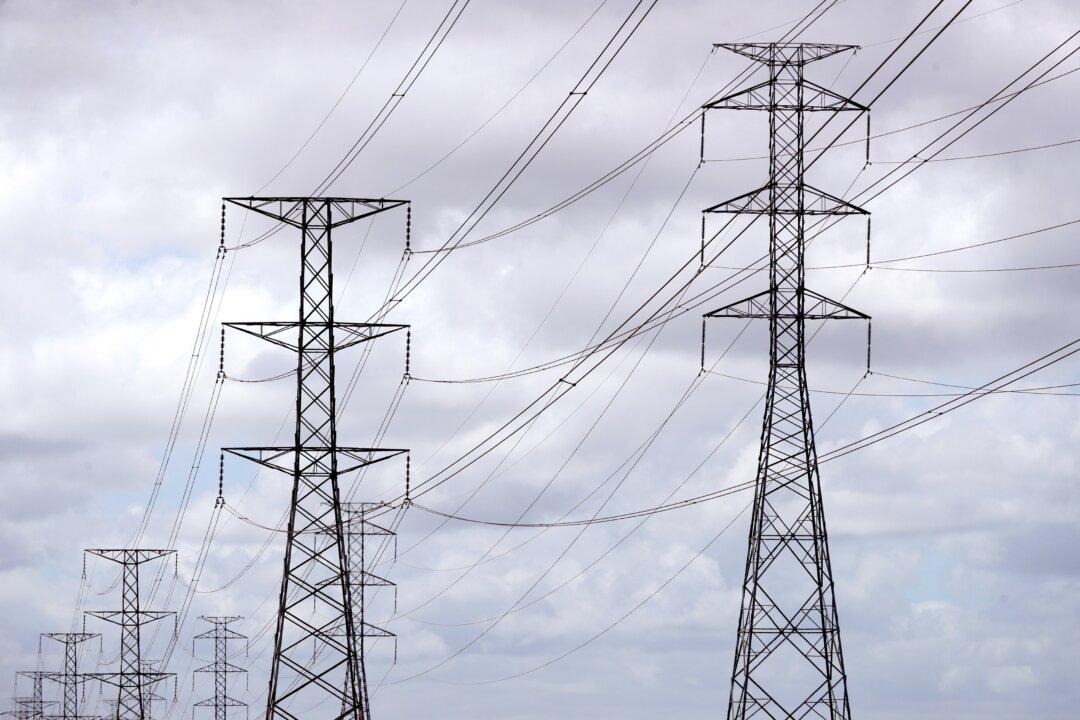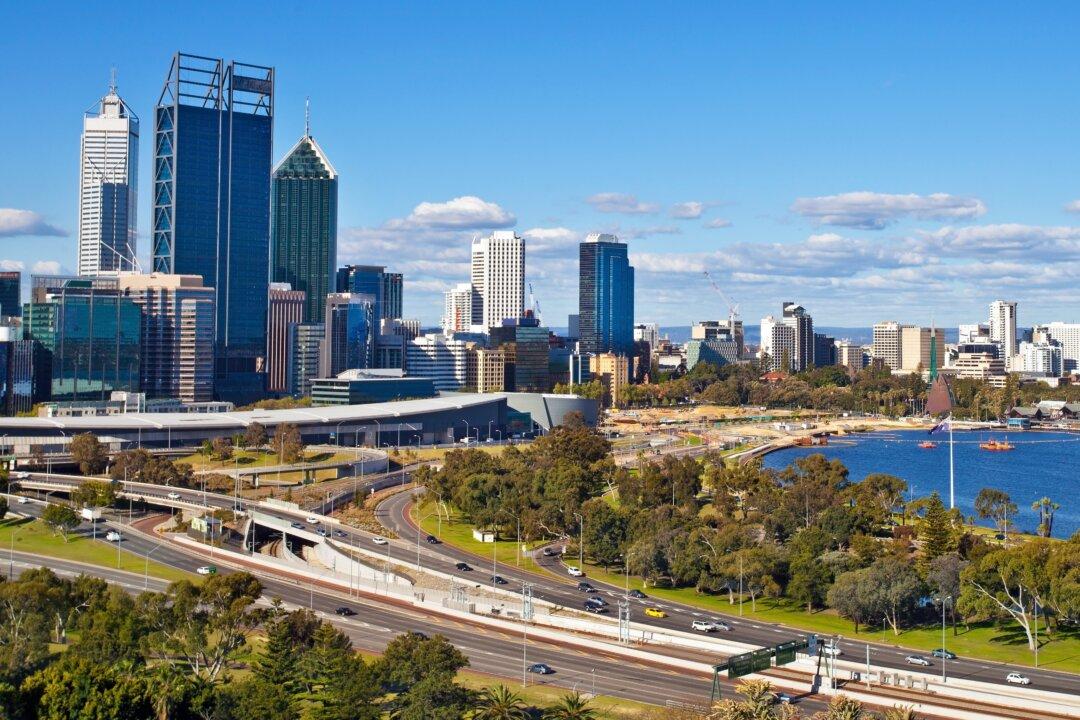Australia’s largest energy producer and retailer, AGL Energy, will be dividing itself into two new companies that will focus separately on energy production and retail.
Announcing the changes on March 30, AGL said it would divide into New AGL, which would take care of AGL’s multi-product retail side, including the delivery of electricity, gas, internet, and mobile services to more than 30 percent of Australian households.





